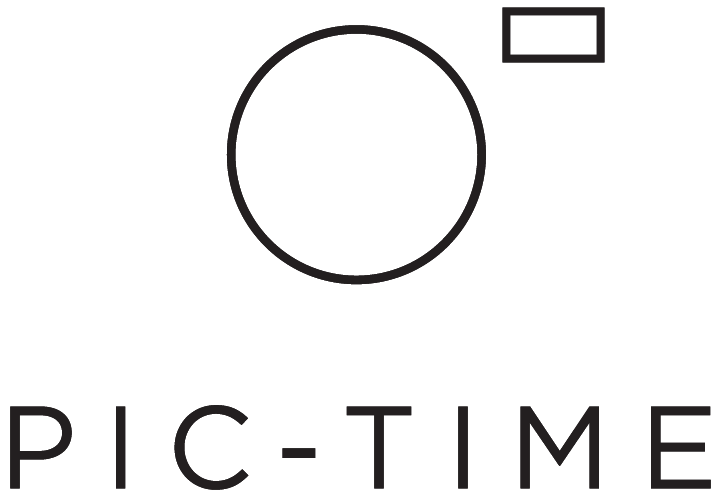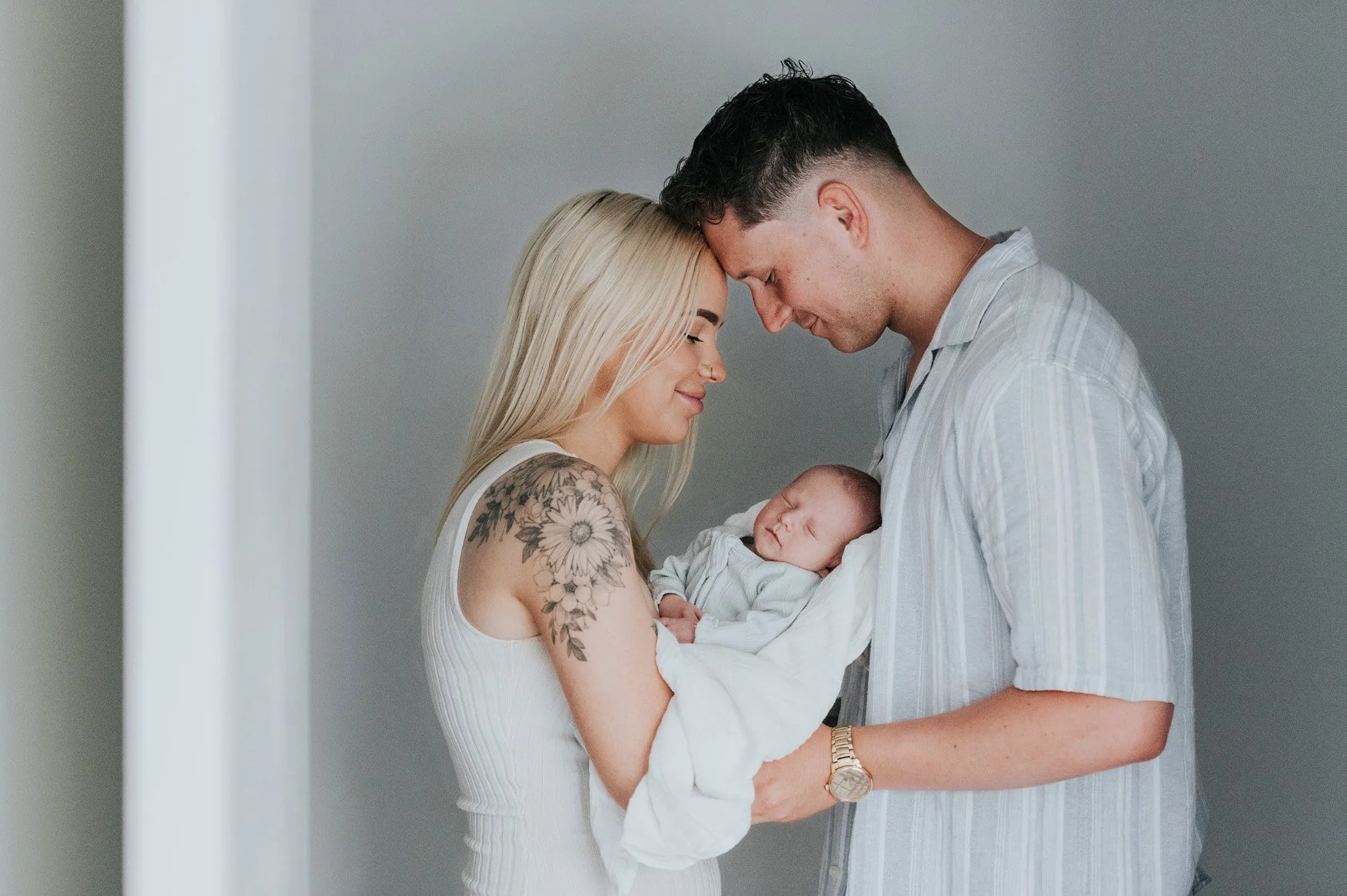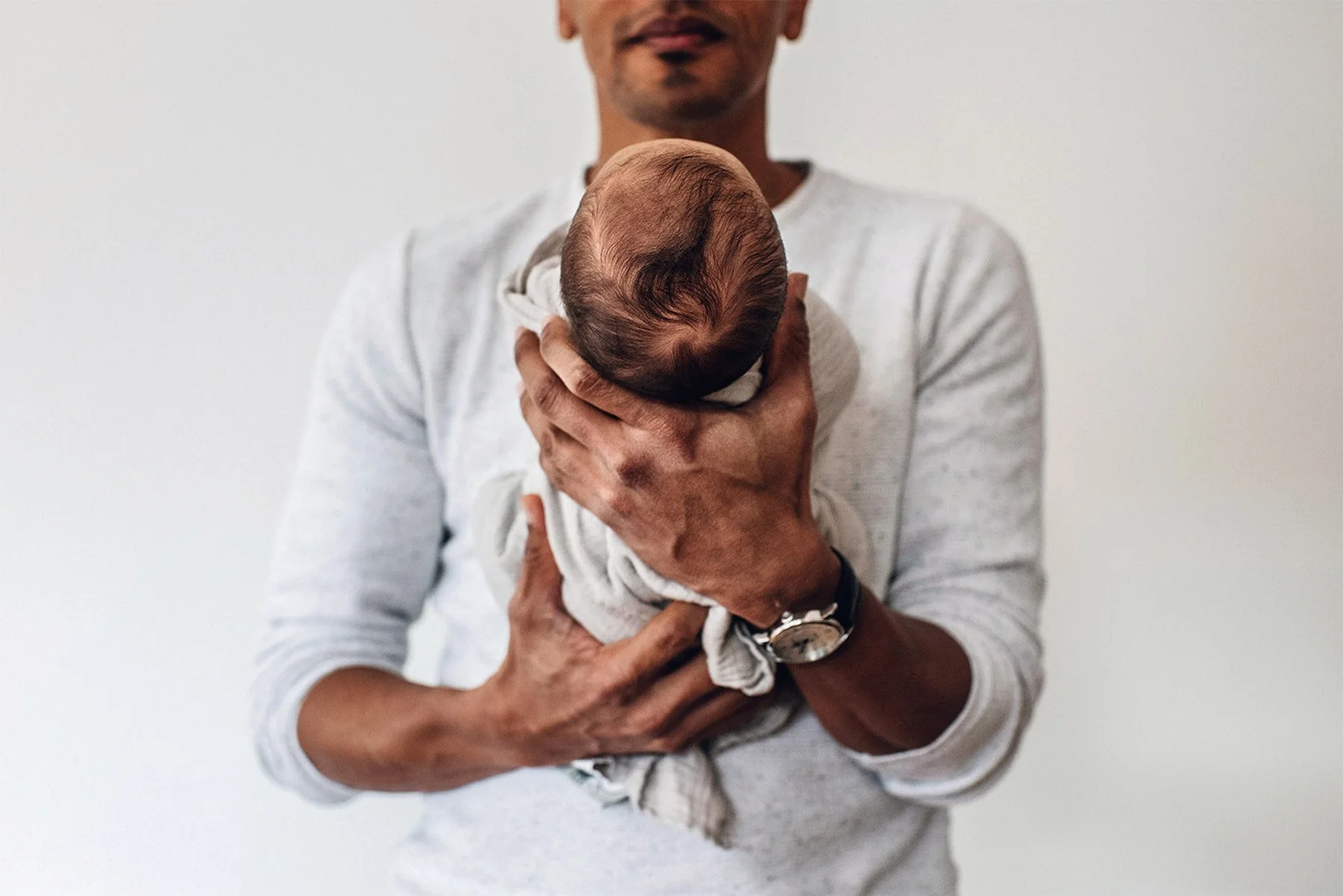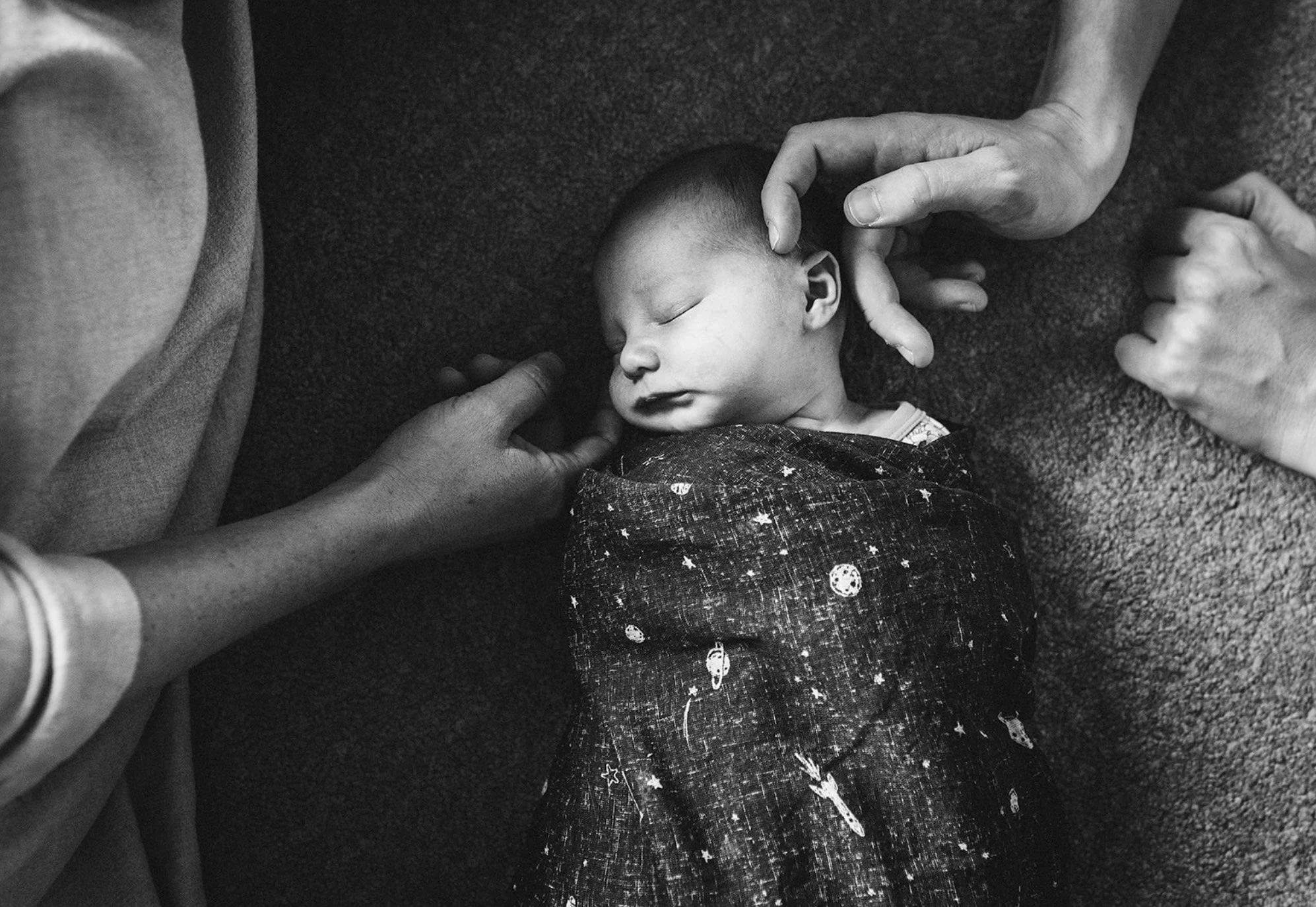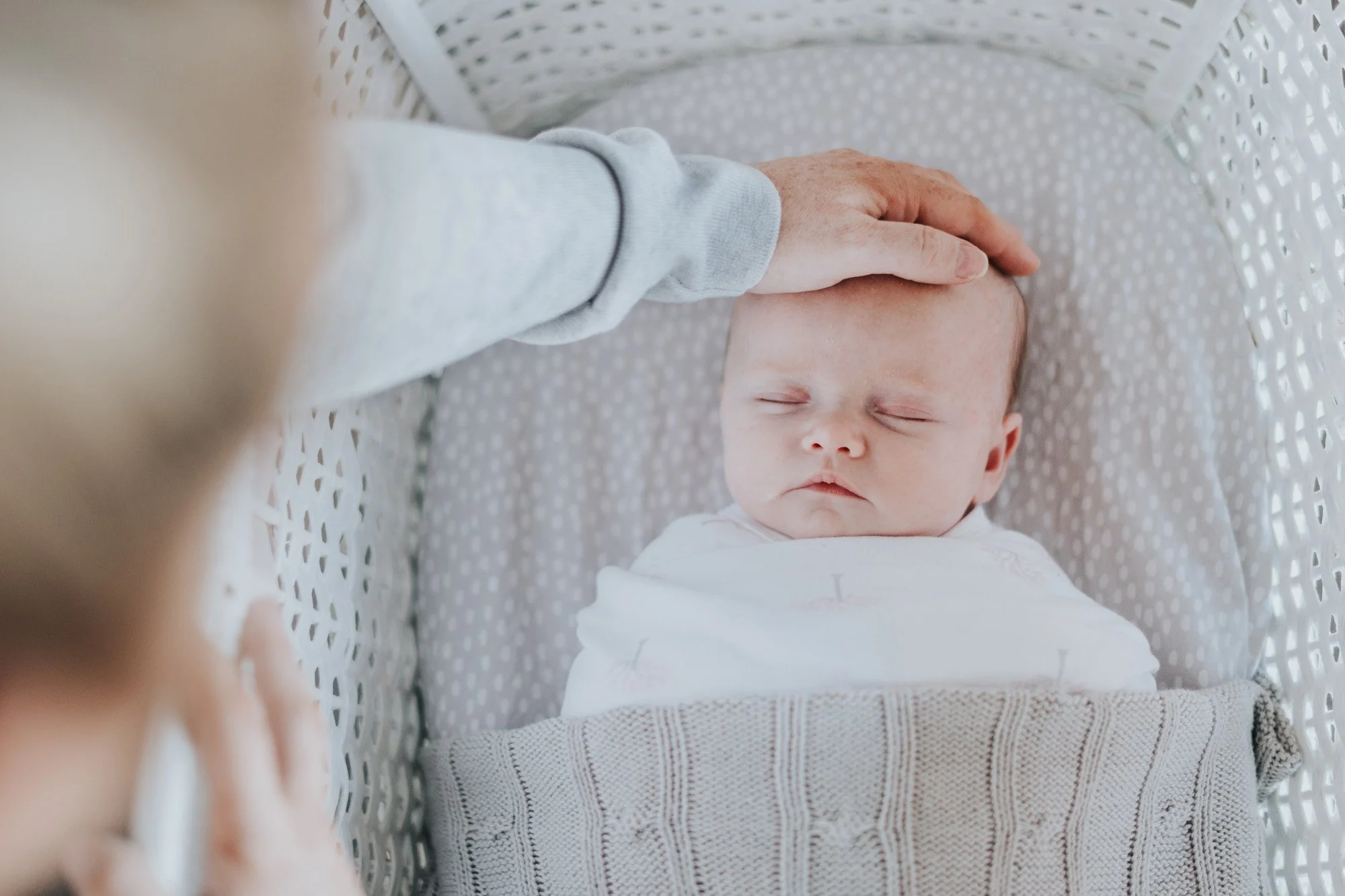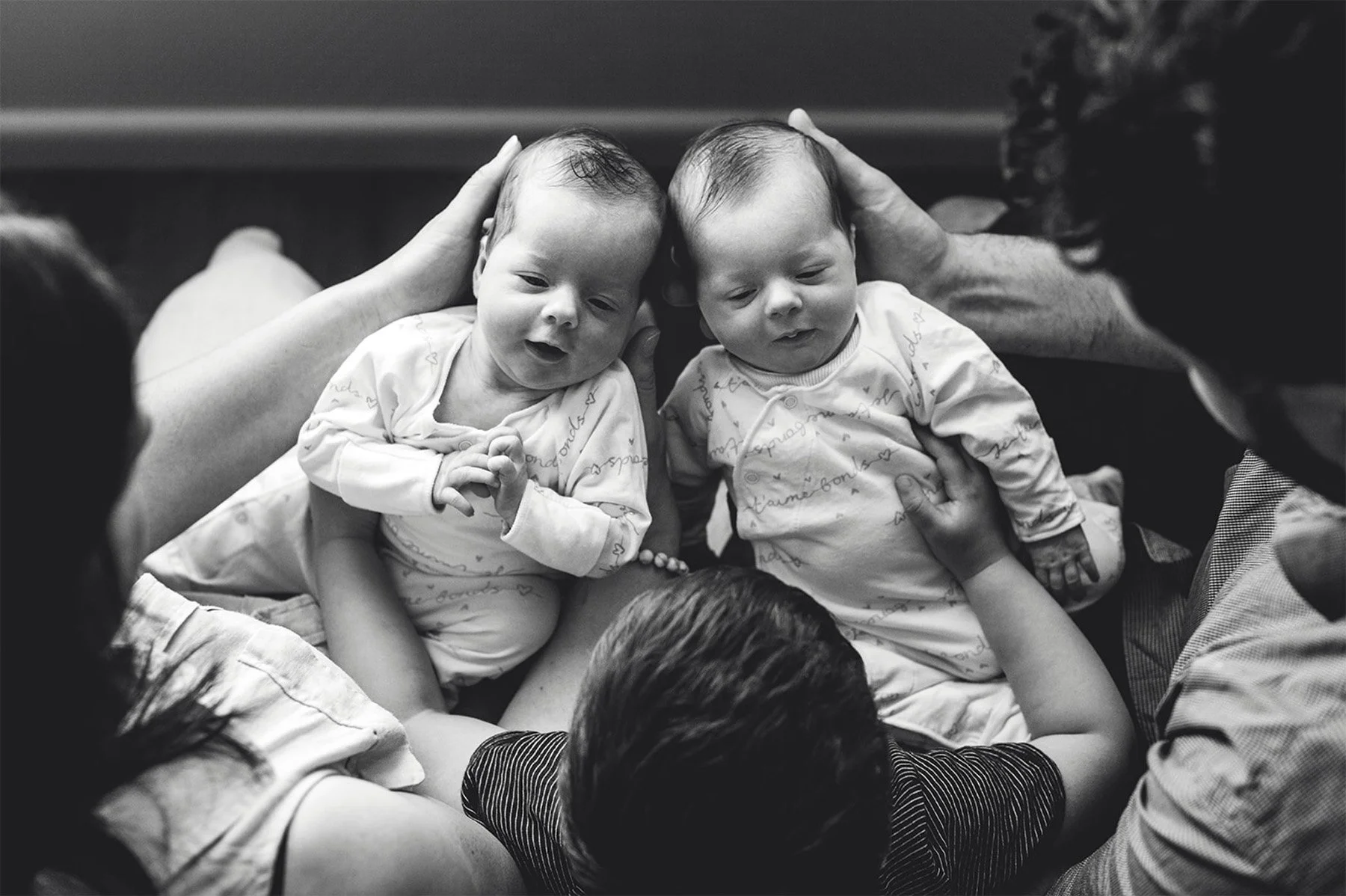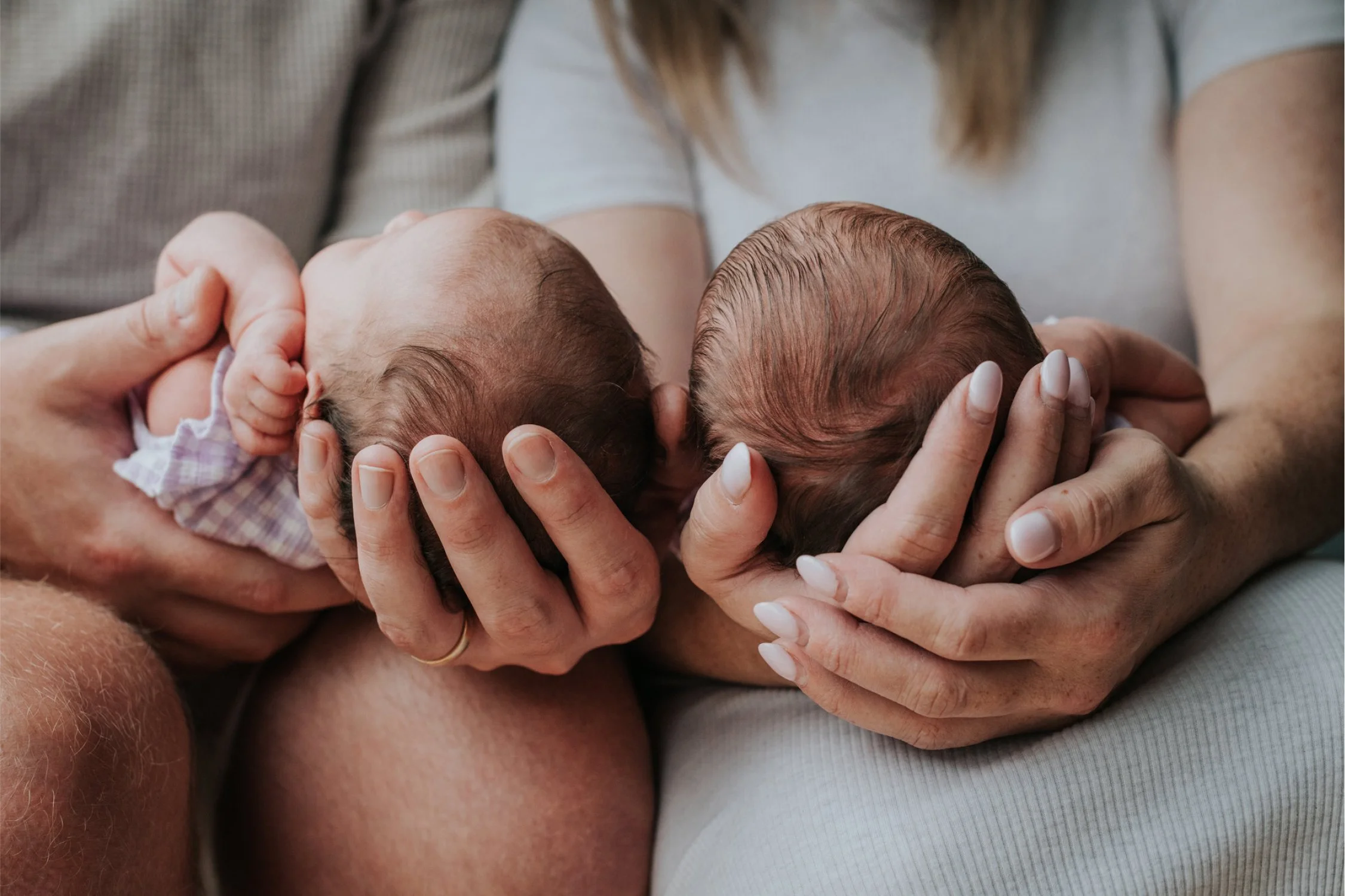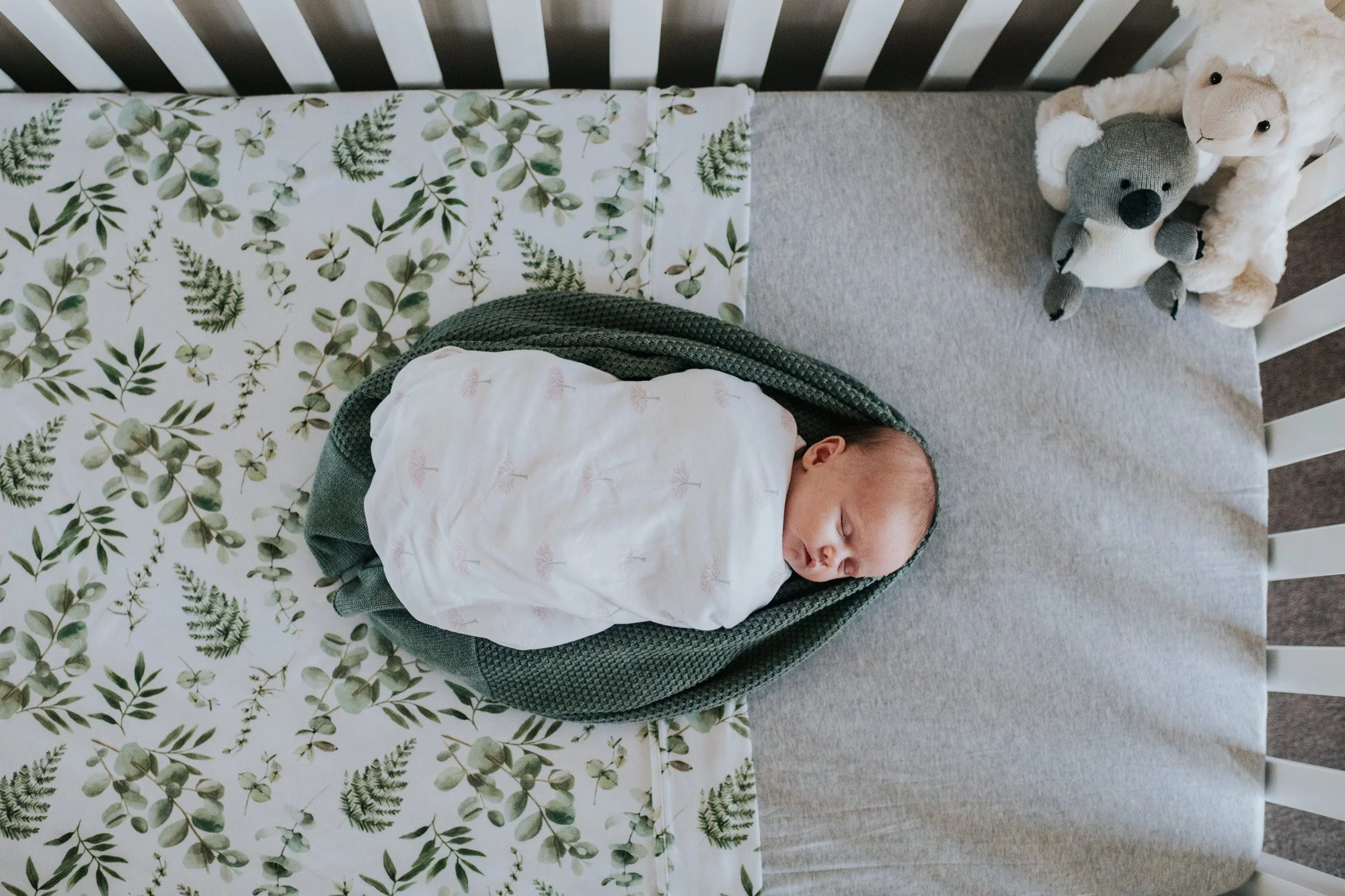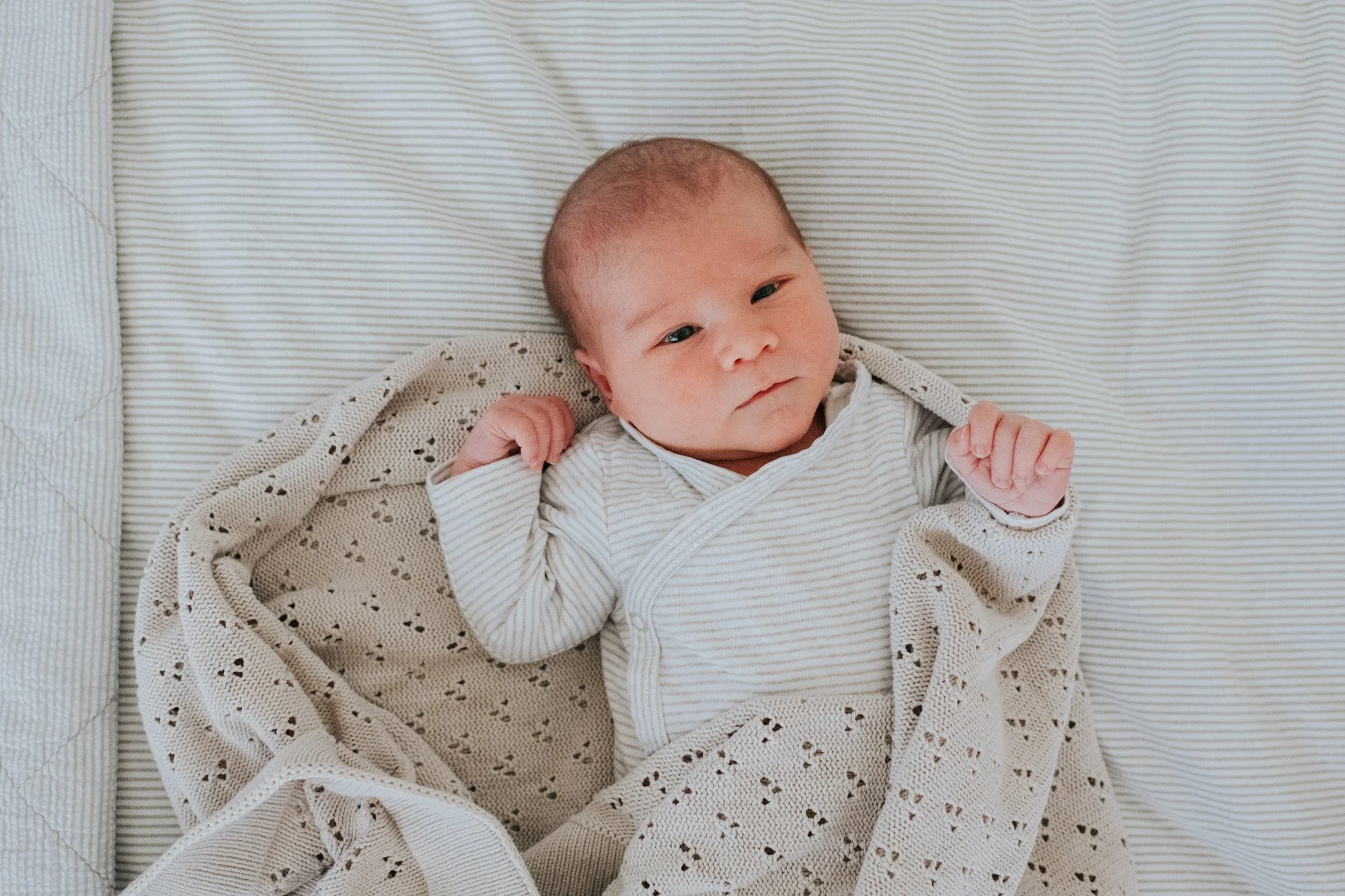How to Become a Newborn Photographer: A Beginner’s Guide
Whether you’re an aspiring photographer or an established professional looking to explore a new niche, this guide will help you gain a clear understanding of exactly what’s involved in newborn and baby photography and whether or not it’s right for you.
We’ve compiled some of the key considerations, helpful tips and tricks, and the basic practical steps to turning your love of photographing babies into a thriving profession.
Photo by Katrina Ferguson
This Article In A Nutshell
Understand the realities of working with newborns, essential safety considerations, and the differences between studio and in-home lifestyle sessions. Learn about vital gear, communication with parents, and building a professional, sustainable baby photography business.
The Challenges of Becoming a Newborn Photographer
Specializing in newborn and baby photography comes with its own unique set of challenges - and rewards - that differ significantly from other genres.
You'll definitely need plenty of patience and flexibility. Sessions often extend beyond the time you had planned due to feeding, changing, and soothing breaks. Be prepared for postponement and rescheduling to be a regular occurrence too, due to illness, family reasons, or unexpected (but important) post-natal appointments.
Beyond managing unpredictable little subjects, you'll also be navigating the potential anxieties and heightened emotions of accompanying adults. You need to have great people skills, a genuine interest in babies, and a gentle touch - both literally and figuratively.
It’s your responsibility to ensure a safe, sterile, and comfortable environment for fragile newborns and their likely overwhelmed and underslept parents.
Understanding these unique challenges and demands upfront is key to building a thriving career in this delicate niche. You need to know what to expect before you go all in.
Photo by Katrina Ferguson
Safety First - Not All Fun & Games
When it comes to baby and newborn photography, safety isn't just best practice - it's the absolute priority. Beautiful newborn photos won’t make up for a negative, uncomfortable, or harmful experience.
Babies are incredibly vulnerable and entirely dependent on adult care, which means every decision you make in your studio (or in-home or on location) must put their well-being first.
Nothing is more important.
New parents, who themselves are often inexperienced and learning how to best handle their newborn, will look to you for guidance. They'll trust your every move and presumed expertise. It's vital to instill absolute confidence in them through your attitude, actions, and the environment you provide.
Photo by Katrina Ferguson
Beyond the baby and their parents, your responsibility around safety and hygiene extends to you, the photographer. It’s vital you’re healthy and well whenever interacting with clients in person, and all relevant vaccinations are up to date, including whooping cough (pertussis), measles, mumps, rubella (MMR), COVID-19, and flu shots.
If you choose not to vaccinate, you have a duty of care to disclose this to your client. It allows them to make an informed decision for their family, whatever that may be.
Here are some tips on how to ensure safety remains at the forefront of every newborn photo session:
Place & Person Safety
Hygiene: Thoroughly wash and sanitize your hands before and during a session. Keep your nails short and clean. Wash or sanitize all props, blankets, wraps, and surfaces that make contact with the baby between every session.
Temperature Control: Keep your studio comfortably warm (somewhere around 24-26°C / 75-78°F) to ensure a nude or minimally clothed baby remains warm and sleepy. If photographing in a client’s home, encourage them to have a comfortable, slightly warmer than usual environment ready for your arrival and explain the reasoning for it.
Secure Equipment: Ensure all light stands, backdrops, and camera tripods are stable and weighted with sandbags where necessary. Never leave equipment unsecured where it could tip or fall. Ensure a clutter-free working area to avoid tripping and related accidents.
Camera Straps: Always use a secure camera strap around your neck or wrist, especially when photographing directly over the top of a baby. A dropped professional camera can cause serious injury.
Photo by Katrina Ferguson
Safe Handling & Posing
Never Leave Baby Unattended: Not even for a few seconds. Babies can startle and move unexpectedly.
Always Use a Spotter: This is non-negotiable for studio work. For any pose, especially those involving props or where the baby is elevated, a parent or assistant must be within arm's reach and ready to provide immediate support.
Composite Photography: Many popular, seemingly ‘risky’ poses (like froggy: baby's head in hands, potato sack: upright, wrapped baby with hands under chin, or babies suspended) are achieved through composite photography. This involves taking multiple images with a spotter supporting the baby in different parts of the pose, then digitally merging and masking multiple photos to eliminate seeing the spotter’s hand. Never attempt these poses without proper training and applying the shoot-for-composite technique.
No Risky or Compromising Positions: Avoid any pose that places stress on a baby's neck, spine, or joints, or restricts breathing. Do not force poses that the baby is resisting; their comfort and safety come before achieving any particular shot.
Prop Safety: Ensure all props are sturdy, clean, and free of sharp edges or small parts that could be a choking (or other) hazard. Be sure to secure babies within or around props so they can’t slip, roll, or fall out.
Listen to the Baby: Babies communicate through cries, sounds, and body language. Watch for and learn to read their cues for discomfort, hunger, or needing a break. An unsettled or uncomfortable baby needs comfort and care.
Photo by Katrina Ferguson
Communicating About Safety
Pre-Session Questionnaire: Ask questions relating to any special needs or known allergies of all parties attending the shoot.
Pre-Session Information: Include your safety guidelines in your welcome guide and pre-session communications. Share things like what to expect, your vaccination status, temperature information, how to reschedule if unwell, etc.
Explain During Session: As you’re handling the baby and taking photos, briefly explain what you (or your spotter/assistant) are doing and why. This reassures parents and reinforces both your professionalism and level of care.
Photo by Katrina Ferguson
Finding Your Own Style - Studio or In-Home Lifestyle Newborn Photography
When choosing to become a newborn photographer, a key decision to help with your market positioning and portfolio building is choosing your photographic style.
While posed, stylized ‘baby in a basket’ studio photography remains common, in-home lifestyle newborn photography (and family documentary photography generally) is becoming more popular and offers an equally compelling - though different - look and feel.
Both styles require a photographer with patience, flexibility, and excellent people skills. Each also comes with its own specialized skill set and equipment requirements.
It’s important to consider these factors and pursue the niche that interests you most and best aligns with your available time, space, resources, and long-term business goals.
Photo by Katrina Ferguson
Photo by Katrina Ferguson
Studio Newborn Photography
This style involves photographing newborns in a controlled studio environment, typically while they're deeply asleep (and within their first 7-10 days if possible). It requires a studio space, which could be a commercial space you purchase, rent, or hire on an as-needed basis; or a dedicated space for photographing, like a converted garage or bedroom in your home.
You’ll need complete control over lighting (be that constant, strobe or daylight) as well as backdrops, styling options for parents and baby, and props.
Studio newborn photography often involves a significant upfront investment in space and specialized gear. Beyond equipment, you’ll benefit from safety training, specialized baby handling and posing skills, and help from a spotter or studio assistant.
This style is best suited for photographers who have high levels of patience, excellent attention to detail, and a true love for carefully styling and handling tiny subjects.
Photo by Katrina Ferguson
In-Home Lifestyle Newborn Photography
This specialty involves traveling to a family’s home and photographing them in a less posed, more documentary style in their natural environment. It requires less specialized equipment needed for studio photography (posing bean bag and accessories, studio lights, stands, backdrops, props etc.) and instead, a more mobile, on-the-go photography kit.
In-home lifestyle photography has a lower barrier to entry. Just one camera body and a medium-to-wide angle lens (35mm is a popular choice) is technically enough to get going. A speedlight is a helpful backup option for homes with little natural light or mixed lighting conditions (tungsten, fluorescent, daylight) that complicate white balance.
The main challenge in this niche is the limited control over the look of and light in the home environment. This style is best suited for easygoing, adaptable photographers who are comfortable working in others’ spaces and thrive on working with the unexpected.
Photo by Katrina Ferguson
Next Steps: Building a Thriving Newborn Photography Career
Now that you've explored the essence of the newborn and baby photography niche, you’’ll have a better idea of what’s involved and perhaps which style you’re ready to adopt.
Whether it’s classic studio baby photography or more fluid in-home newborn lifestyle, this field as a whole demands patience, precision, and a genuine interest in babies - and all that comes with them!
After reading this beginner's guide, you're better equipped to confidently decide if newborn and baby photography aligns with your interests, skills, resources, and career aspirations.
Your journey into a thriving newborn photography career can start with the solid foundation of informed decisions and a sound basic knowledge of what to expect as you take your next steps.
Photo by Katrina Ferguson
Key Takeaways on How to Become a Newborn Photographer
Becoming a successful newborn and baby photographer requires immense patience, flexibility, strong people skills, and a genuine interest in working with infants and their families.
Safety is the paramount concern in newborn photography, necessitating a sterile environment, secure equipment, safe handling techniques, and clear communication with parents about protocols.
Two primary styles exist: controlled studio photography, requiring specialized gear and posing expertise, and in-home lifestyle photography, focusing on natural moments with less equipment.
Building a thriving career also involves handling essential business and legal aspects such as business registration, insurance, tax obligations, and client contracts.
Pic-Time serves as the photography industry's leading online gallery software, which enables photographers to present client galleries, increase sales, and market their services effectively.
Becoming a Newborn Photographer FAQs
-
Patience, excellent people skills (for both babies and parents), and a strong commitment to safety are paramount. You'll also need specialized posing and handling techniques, along with an understanding of natural and/or studio lighting.
-
No. While a dedicated studio offers more control and resources, you can get started with posed newborn photography in any space with enough room for a posing bean bag, small backdrop, a light source and you! In-home lifestyle photography has a small barrier to entry in terms of equipment and because it utilizes available light and the client's space.
-
Safety is the absolute priority. This includes maintaining a sterile environment, using a spotter or assistant for posed photos, never leaving a baby unattended, and understanding how to use composite photography for complex poses. Your own health and vaccination status are also vital considerations when working with newborns and babies.
-
Beyond a reliable camera body and at least one quality lens (like a 35mm or 50mm prime), consider memory cards, an external hard drive for photo backups, professional editing software (Lightroom, Camera Raw, Luminar Neo, Photoshop) and a computer to run it on. For studio work, specialized lighting and props are also necessary. For in-home shoots, it’s safe to have a speedlight for backup in low or mixed lighting conditions.
-
Technically no but it’s highly recommended, particularly for studio photographers. Specialized training from an experienced photographer covers things like safe posing, baby handling, composite techniques, and understanding newborn physiology. A basic infant first aid course is also a good idea.
-
If you don’t take your business seriously, no one will. Register your business, organise appropriate insurance (public liability, equipment coverage and possibly professional indemnity), understand your tax obligations, and use legally sound client contracts. A professional online presence is also important for marketing purposes.
Written by Katrina Ferguson. Katrina is a qualified journalist and professional photographer with some 20 years of experience. She founded Photogeek and writes with the content team at Pic-Time, combining hands-on insight and storytelling expertise to help photographers grow their business.
ABOUT PIC-TIME
Pic-Time is the photography industry’s leading online gallery software designed to empower photographers to: present stunning client galleries, boost sales and market with efficiency. With an intuitive suite of purpose-built tools, Pic-Time helps elevate your photography to a successful business.
Try it now - no credit card required - for 30 days.
YOU MIGHT ALSO LIKE:
